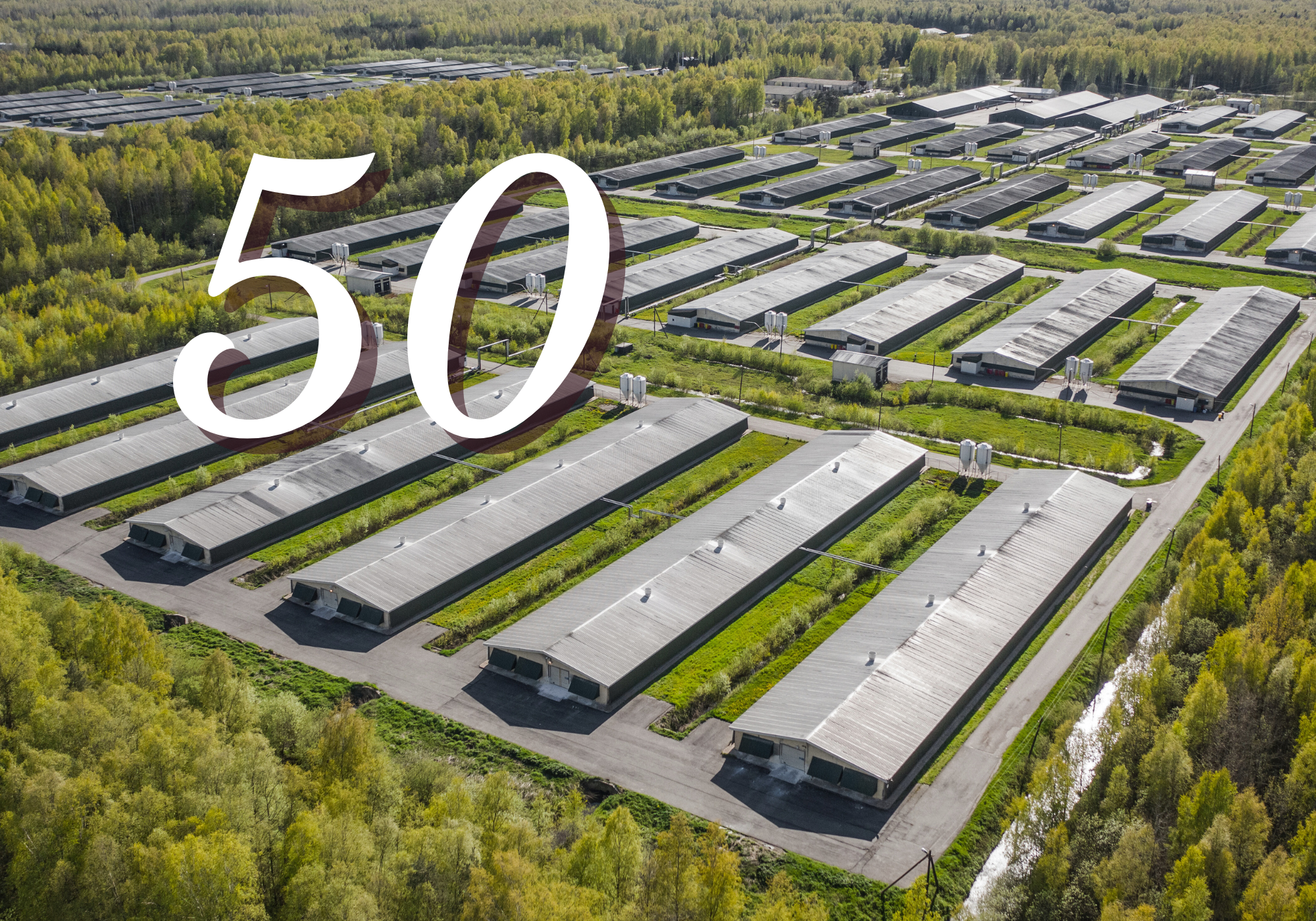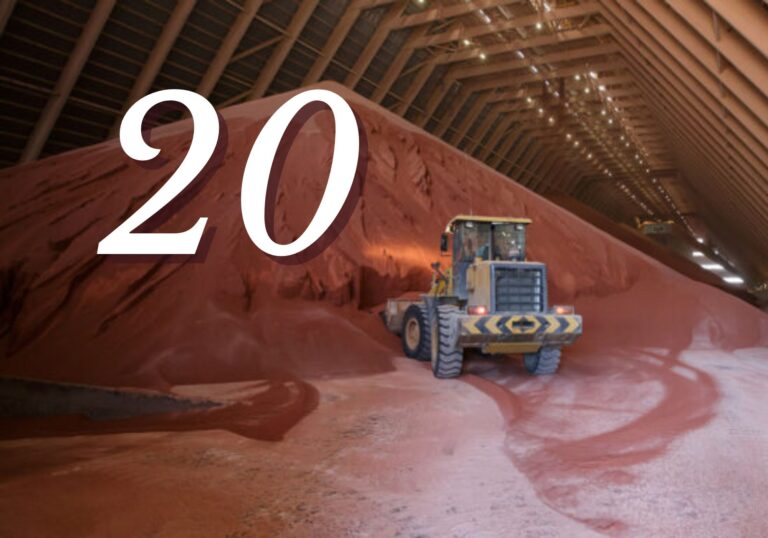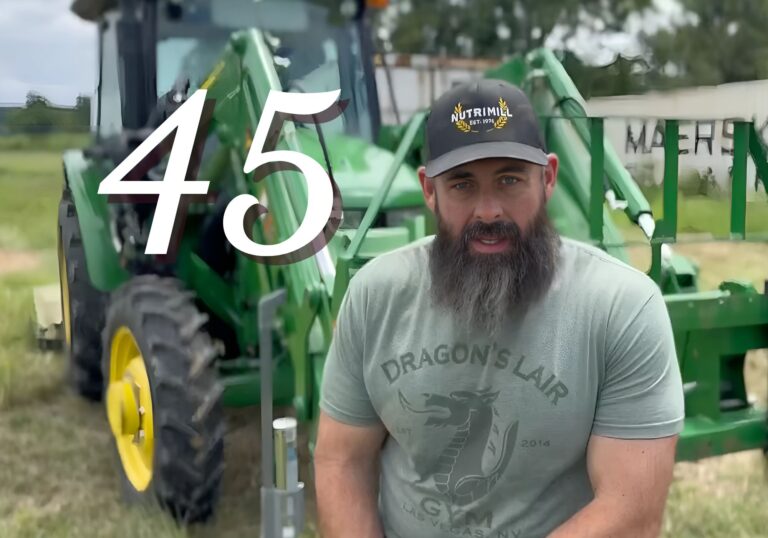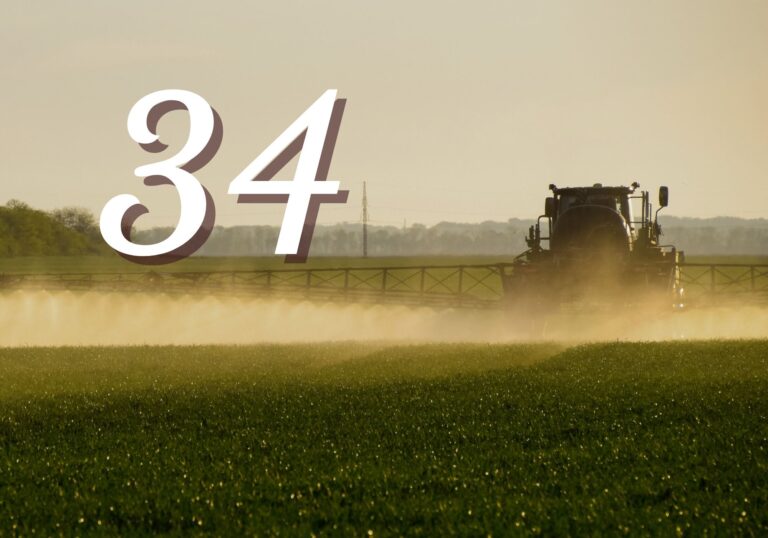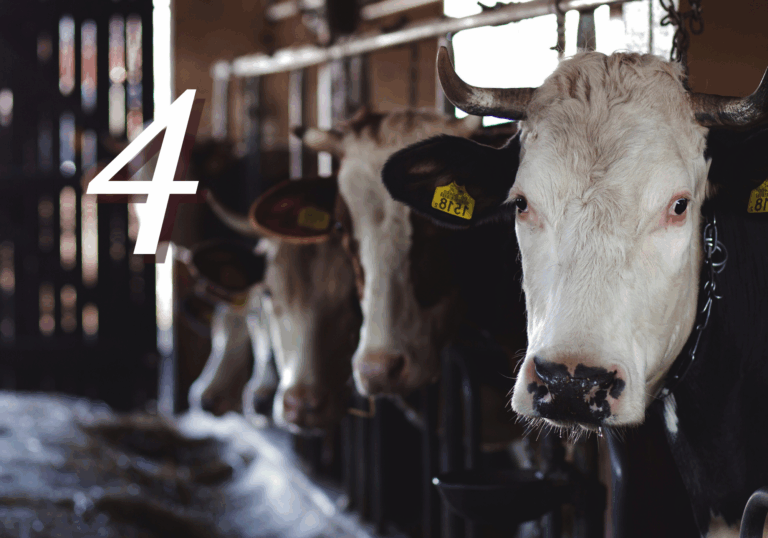What’s wrong with the USDA?
The U. S. Department of Agriculture (USDA), which began as the result of the “Organic Act” signed by President Abraham Lincoln, has morphed into a sprawling bureaucracy. Its mission and budget are now dominated by non-agricultural programs and anything but organic policies.
This timeline of mission creep reveals how regulatory capture by Big Ag, Big Pharma, and chemical companies, coupled with misguided (at best) policies, have fueled mistrust among farmers and families, leaving allocated funds unused and everyone asking; “What’s wrong with the USDA?”
Timeline of Mission Creep
1862: Under President Lincoln, the USDA began as a research hub for farmers, focused on seeds, knowledge sharing and innovation.
1930s (New Deal): The USDA’s role expanded with the Agricultural Adjustment Act (AAA), paying farmers not to farm to stabilize prices, and starting early food assistance programs like the 1939 Food Stamp Plan. The Soil Conservation Service (SCS) also emerged to combat Dust Bowl erosion.
1970s: Under Secretary Earl Butz, the USDA pushed industrial agriculture, urging farmers to “Get Big or Get Out.” Commodity subsidies begin to favor large agribusinesses, sidelining small farms and sparking the 1980’s farm crisis.
1990s: The Pigford v. Glickman lawsuit exposed systemic racial discrimination in the allocation of farm loans, subsidies, and disaster relief from 1981 to 1996. The USDA admitted to discriminatory practices, leading to a 1999 settlement that provided over $1 billion in payments to affected farmers, with a second settlement (Pigford II) in 2010.
Bureaucratic bloat grew, with 29 USDA agencies overseeing hundreds of programs through a reorganization that aimed to streamline but further entrenched bureaucratic complexity, favoring large agribusinesses and harming small farmers. The USDA also began embracing GMOs, driven by biotech giants like Monsanto, and promoting pesticide-heavy crops that degraded soil and water through massive subsidies. Regulatory capture became evident as a revolving door with industry was revealed. The Conservation Reserve Program (CRP) (10–15% of the USDA budget) paid farmers not to farm.
2002: An expensive “countercyclical” price support program was added, among other subsidies that increased projected subsidy payments by 74 percent over 10 years.
2008–2010s: The Food, Conservation, and Energy Act expanded farm subsidies, enacted over a presidential veto. Farm spending shifted its focus to climate initiatives, launching pilot programs like Environmental Quality Incentives Program (EQIP), and the Conservation Stewardship Program (CSP).
2014: The Agricultural Act changed the structure of farm subsidies. The law ended the countercyclical program but expanded the largest farm subsidy program—crop insurance, which was federally subsidized at about 60% of its cost. Two new subsidy programs for risk and price loss coverage were added that promoted GMO seeds—and by 2023, 95-97% of all row crops planted were genetically modified to tolerate chemicals like glyphosate (Roundup).
2018-2020s: Nutrition benefit programs dominated, with approximately 70% of the USDA’s $200 billion budget funding 16 food benefit programs, including SNAP (previously named the Food Stamp program), WIC (Women, Infants and Children), and school meals. Rural development (e.g., rural housing, broadband access) and conservation programs consumed much of the rest of the budget. The 2022 Inflation Reduction Act added $19.5 billion for climate-smart practices, including the creation of carbon markets using Commodity Credit Corporation funds, a source of funding originally meant for price supports for farmers during emergencies. Meanwhile, direct farmer support not only shrank, but climate policies were aimed at reducing the number of acres farmed.
Budget Breakdown through the end of the Biden administration;
Only a small fraction of the USDA’s budget directly supported farmers, although they received considerable pandemic aid, along with everyone else, during 2021. In 2022-24 aid to small farmers was very low.
- Approximately: 70% of USDA funds was spent for Congressionally mandated food assistance programs like SNAP, WIC, and school meals.
- 10–15% went to conservation and climate initiatives, including $3.1 billion for carbon market pilot projects and Partnerships for Climate-Smart Commodities, invested across 141 projects.
- 5–10% supported “rural development” projects, including broadband infrastructure projects.
- 5% or less directly aided farmers, with some of these funds paying farmers not to farm (for example, the CRP conservation program).
It is difficult to determine from the USDA graph below how much money goes to industrial ag farmers and how much goes to small family farms. However, in 2025 the Trump administration has increased farm subsidies, though the majority of payments, approved by Congress in the “Big Beautiful Bill,” will support crop insurance and other programs that primarily benefit the largest farms.

Regulatory Capture and Harmful Policies
Big Ag, Big Pharma, and chemical giants have captured USDA policies. Nutritional guidelines, shaped by industry-funded experts, promote processed foods over whole, nutrient-dense options, undermining public health.
Subsidies for corn, soy, and wheat—often GMO and pesticide-heavy—degrade soil and water, with glyphosate (Roundup) linked to environmental and health harms.
The revolving door between USDA officials and agribusiness giants (for example, former Dow Chemical executives and lobbyists have been appointed to advisory and leadership roles) ensures policies favor corporate profits over sustainable farming and fail to promote nutritious food.
Mistrust and Underused Funds
Mistrust runs deep. Small farmers, burned by decades of favoritism toward Big Ag, avoid USDA programs, fearing bureaucratic traps or loss of autonomy. Mothers shun WIC and SNAP, wary of perceived surveillance by government agencies, with only 51% of eligible WIC participants enrolling in 2022.
The USDA’s shift from agriculture to managing nutrition, climate, and a variety of rural programs has diluted its mission. Corporate capture has led to policies harming soil as well as human health.
Read More Here:
https://www.fsa.usda.gov/about-fsa/history-mission/agency-history
https://www.downsizinggovernment.org/agriculture/timeline
https://usafacts.org/articles/federal-farm-subsidies-what-data-says/
